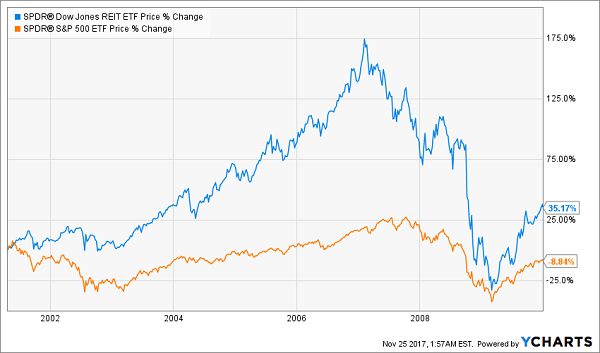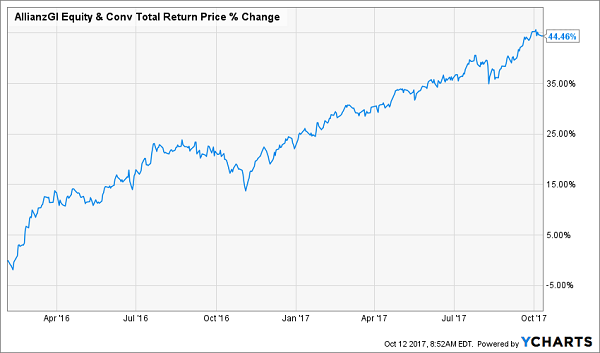If you want to clobber the stock market – and double your money every two or three years – then buying companies with accelerating dividends is the easiest and safest way to do it.
And I’ve got good news for you: there are nine blue chip payers likely to raise their dividends next month. So why not “front run” this good news and consider these shares now?
The benefit of dividend hikes? Getting a fatter income stream is an obvious reason, but it’s just the start. A rising payout acts like a lever on a company’s share price, prying it higher and higher with every single dividend hike.… Read more




Recent Comments